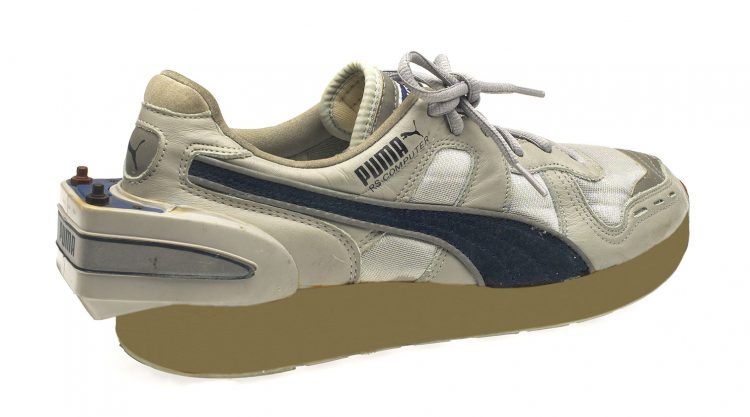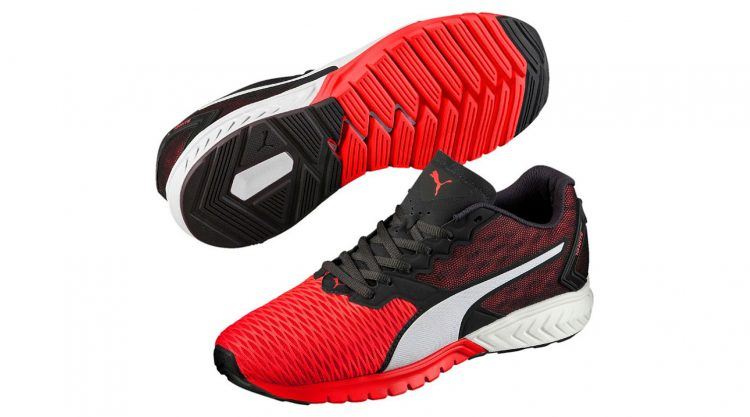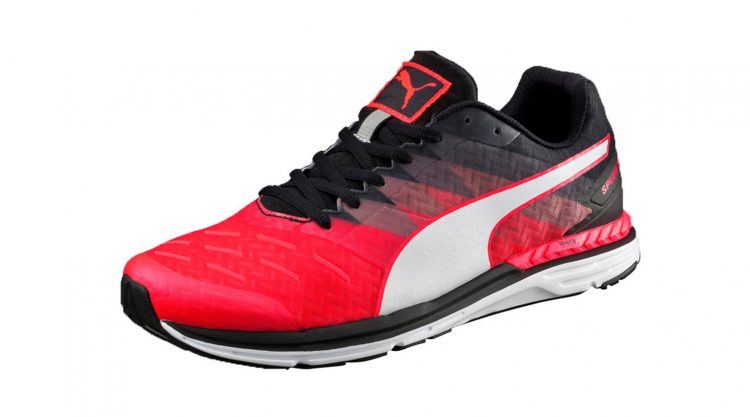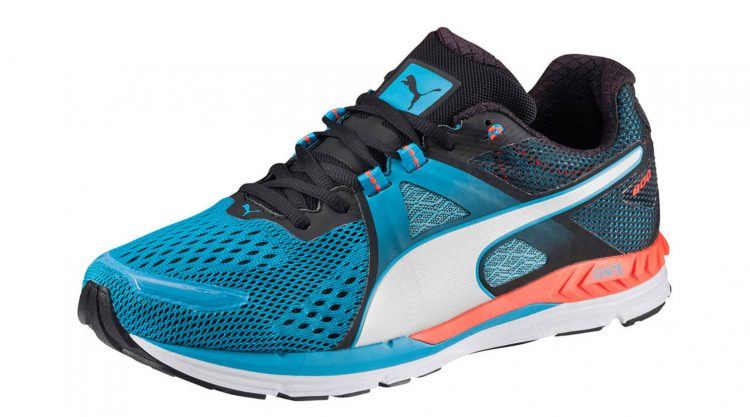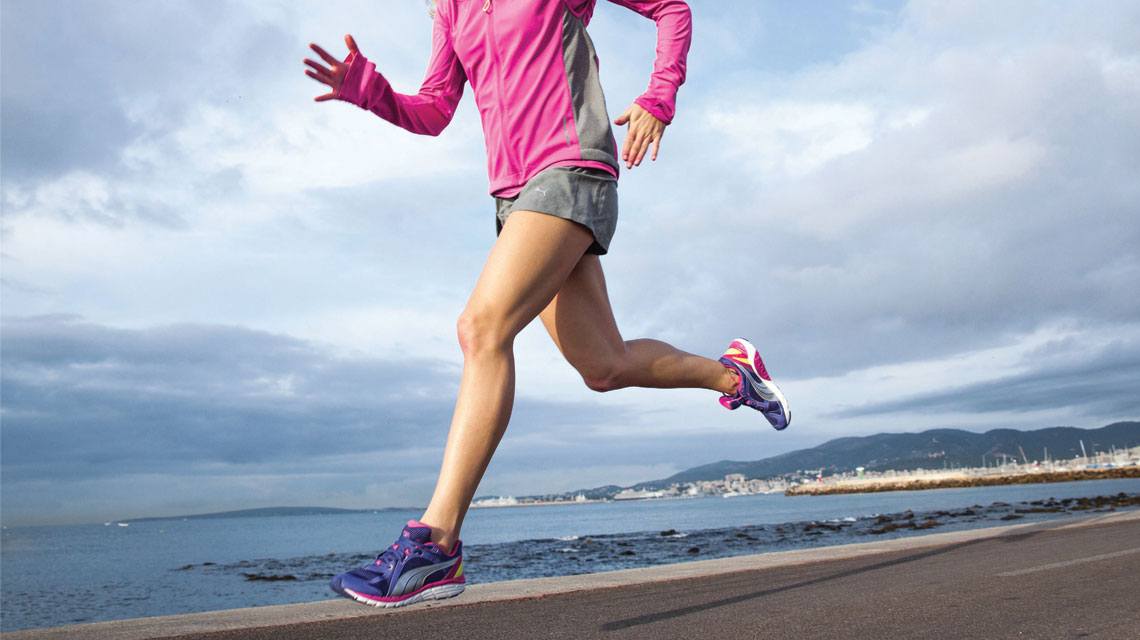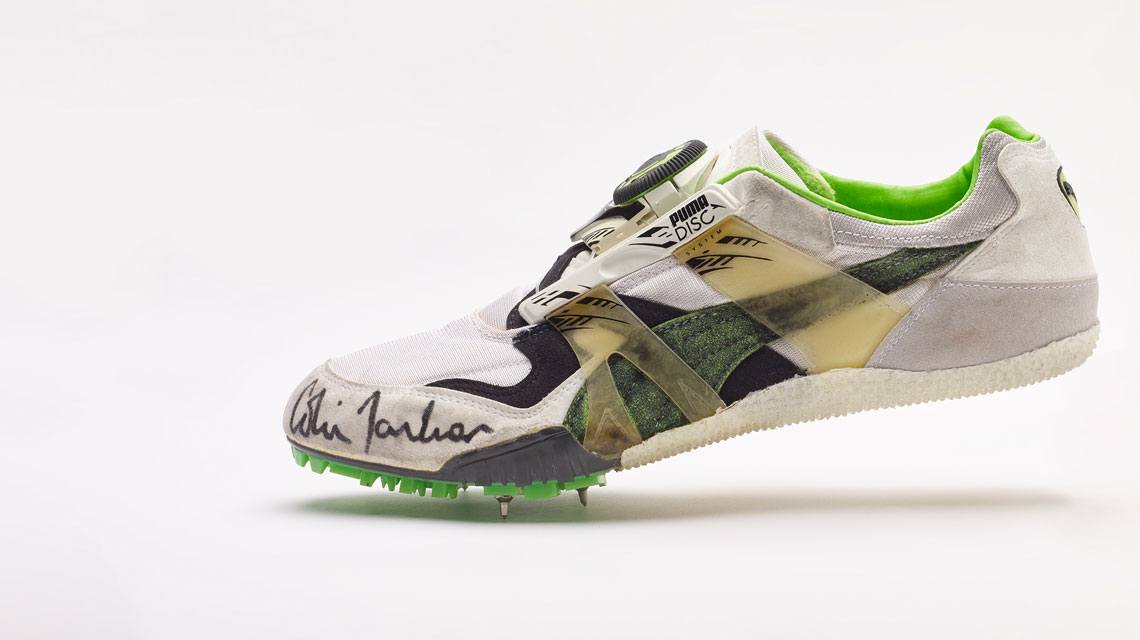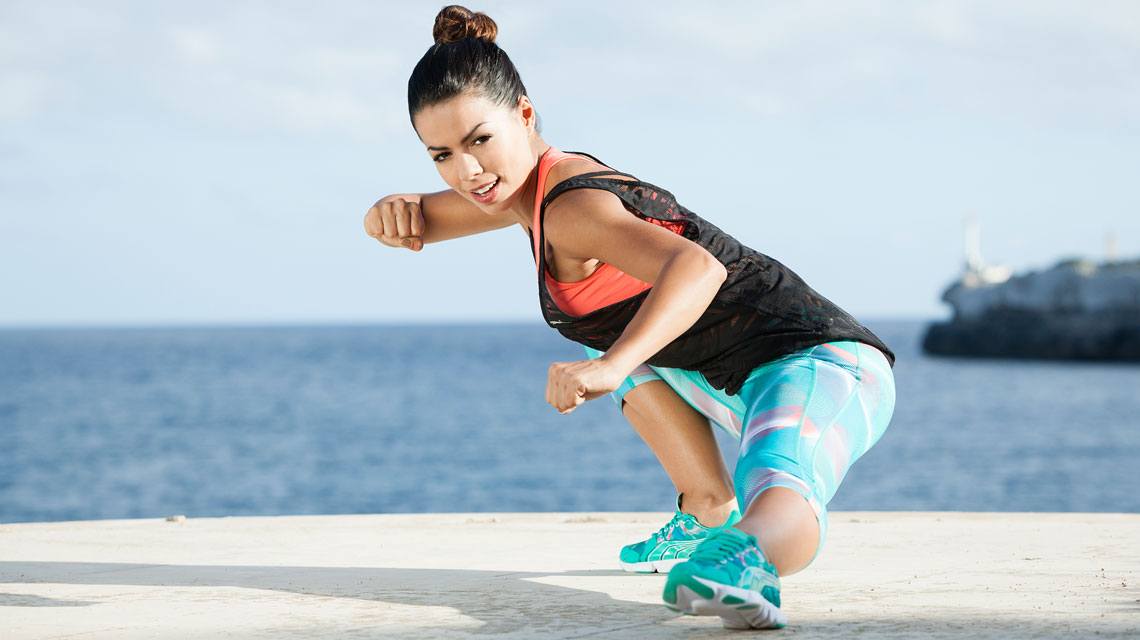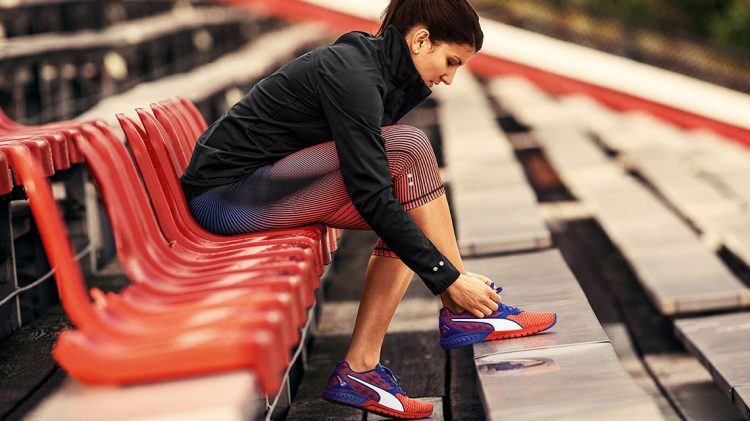
Which Shoe
is for You?
Check out what it takes to find the perfect running shoe
September 28, 2016Check out what it takes to find the perfect running shoe
September 28, 2016When it comes to running, you might think you know what type of shoe meets your personal needs. But do you really?
The running shoe market is flooded with numerous brands and technologies, making it hard for consumers to decide on which one to go with. But what is it that matters when it comes to the perfect running shoe?
In the 80s and 90s, the general expert opinion was that a good running shoe must cushion, protect and guide the foot. Because of the high forces impacting the body whilst running, footwear companies laid their focus on maximum cushioning. As a result, shoes gradually became heavier, affected the runner’s muscular endurance negatively and also caused many shoes to lack stability. This led researchers to invent technologies that should protect and guide the runner’s foot and movement.
Shoes eventually became so overladen with additional running technologies to protect and support, that it caused just the opposite to happen. To be fair, injuries cannot be tied solely to the wrong choice of footwear. A much ignored factor is the athlete’s natural predisposition, that is the way his anatomy is structured. And many tend to ignore the importance of warming up properly. Skipping your warm-up, especially when you increase tempo, can lead to serious injuries.
Another popular concept is “barefoot running” or “minimal running”. Shoes designed to this specific philosophy are light weighted, have a flexible sole and minimum midsole cushioning. Originally created to give a close natural running experience, these types of shoes should only be worn by experienced and well-trained athletes. Runners, who have not yet built up enough muscle to absorb the energy that constant high-impact running has on joints and cartilages, might experience pain or even injuries in the wake of their cardiovascular training.
Today, we at PUMA know that each runner comes with a different running style. Our technologies comprehend the natural foot position and motion during running. A shoe has to feel comfortable, needs to provide an individual and balanced amount of cushioning, guidance and protection, but also should not interfere with the natural foot position.
Niklas Buehner (26), Junior Manager Sports Marketing Running at PUMA and a German middle-distance runner himself, describes what he values most in a running shoe:
“When I’m competing I wear a balanced shoe. I need cushioning to a certain degree, because of the constant impact that hits my feet when I’m running middle-distances. Then again the shoe mustn’t be too heavy, because that causes your legs to exhaust earlier, resulting in loss of speed, power and stamina. I’d definitely go with the SPEED 600 IGNITE. I know from our professional sprinters, such as Usain Bolt, that they like to train in SPEED 300s, because they are light weighted and ideal for tempo runs.”
However, heavier runners are bound to need a higher level of cushioning than lighter runners. It is a basic physical principle: The higher the mass in motion, the higher the impact. At PUMA, we mostly use two types of foam technologies: PU-based foams, which have a superior cushioning formula that disperses impact forces while providing optimal responsiveness and energy return, and EVA-based foams, which are lighter and slightly harder than PU-foams.
So, how do you find out which shoe is for you?
CATch up sought expert advice and spoke to Torben Pankalla, Sports Medicine and Orthopaediac Specialist from Emden, Germany.
“A good running shoe should protect the runner’s foot, knee and hip movement without restricting the natural foot movement and flexibility. To start off with, you should always ask yourself: what do my feet actually look like? Which part of my foot is usually under heavy duty? Do I know of any injuries or medical complications concerning my foot? Also, pronation and supination are always factors that you should have in mind. Supination is when the foot sole tends to turn inwards and pronation is when the sole of the foot turns outwards.
A good way to determine the actual movement of your feet is analysing your running style on a treadmill or by imprinting the weight distribution of your feet in a special medical foam. Every runner should undergo a thorough analysis, because it is a vital measure to prevent pain, injuries and long-term medical issues.
Trust me, you won’t enjoy your run, if you choose the wrong shoe. And please don’t base your decision on how cool or fancy the shoe looks. Literally speaking, if it’s the wrong shoe for your foot, it will do you a lot of damage in the long run. We’re talking knee and hip replacements due to false force distribution and body movement. Last but not least, a shoe usually has a maximum duty of 700-800km – so be sure to look out for a new pair in time.”
